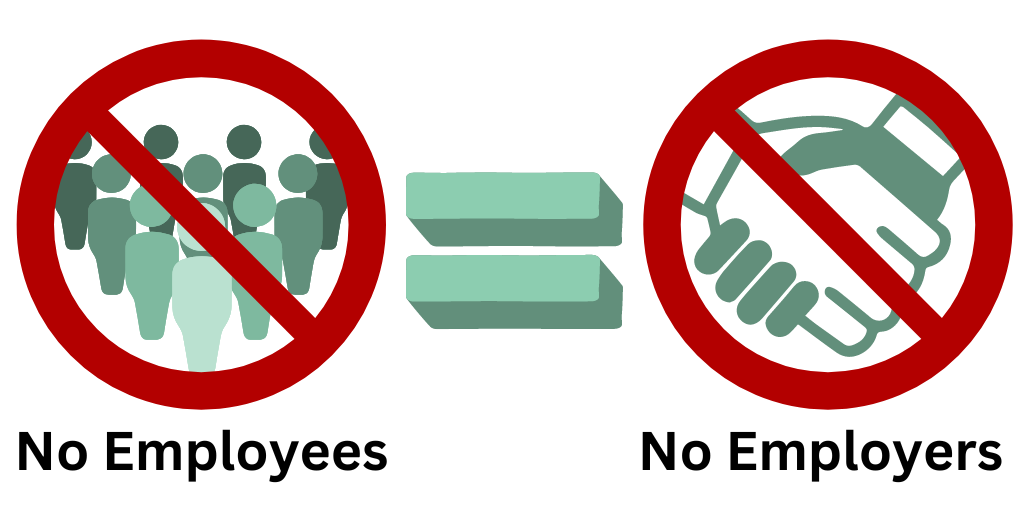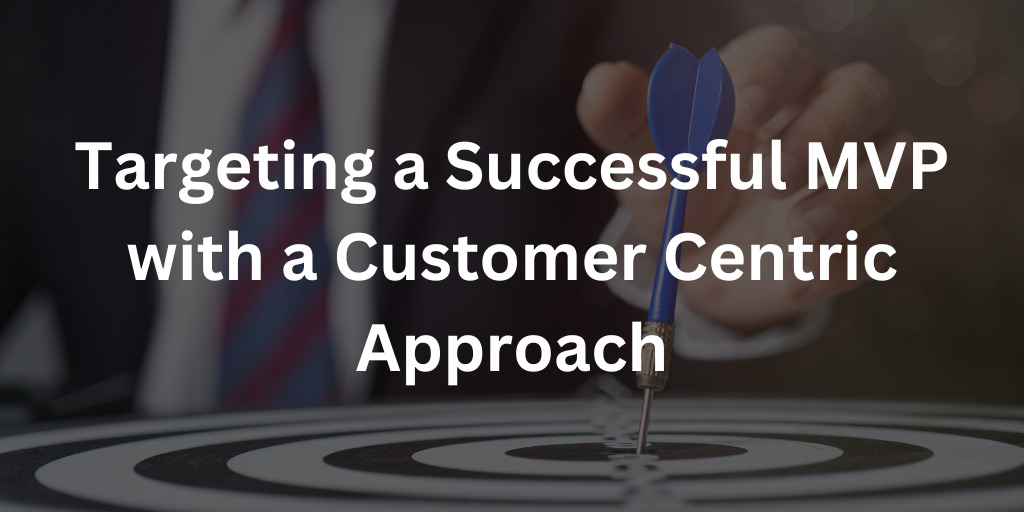There is always some feature you feel you can’t go live without. You develop that feature, and then you think “Well this would be really beneficial to my product too.” The cycle can be never ending and we all want our initial launch to be a success. So how do you know when to go live? Well I am going to share with you a scenario I encountered recently when trying to determine a launch date for our product and what the MVP would look like.
Firstly, this blog goes into more detail on a prior blog I posted on blogspot by the title “The MVP – It Isn’t Always What You Think”. It will include content from that initial blog post but also dive into the concepts in more detail.
What is an MVP?
MVP stands for Minimum Viable Product. An MVP is a simplified version of a product or service that contains only its core features and functionalities. The primary purpose of an MVP is to quickly validate assumptions, gather user feedback, and test the viability of a product or business idea with minimal effort and resources.
There are several alternatives to an MVP and these include Minimum Lovable Product (MLP) and designing paper prototypes.

Why does the MVP Matter?
- Faster Time to Market: Developing a fully-featured product from scratch takes considerable time and effort. By building an MVP, you can release a basic version of your product more quickly, allowing you to enter the market faster and gain early traction.
- Validate Assumptions: An MVP helps you test your assumptions and hypotheses about your target audience, market demand, and user needs. By putting your product in the hands of real users, you can collect valuable feedback and data to validate or invalidate your initial assumptions.
- Cost and Resource Efficiency: Developing a full-featured product can be expensive and resource-intensive. By focusing on the core functionality, an MVP allows you to save time, effort, and resources, avoiding unnecessary development of features that might not be relevant or valuable to users.
- Iterative Development: An MVP encourages an iterative approach to development. By releasing an initial version and collecting user feedback, you can continuously improve and refine your product based on real-world usage and customer input. This iterative process helps you build a product that better meets user needs and increases the chances of success.
- Risk Mitigation: Building a product without validating its market fit or user acceptance poses a significant risk. By launching an MVP, you can mitigate that risk by testing the waters early on and making informed decisions based on actual user feedback.
Overall, an MVP serves as a strategic approach to product development that allows you to minimize risks, maximize learning opportunities, and build a product that aligns with user needs and market demand.
The Product & Marketing Challenges
For context, I’ll describe our product fairly briefly. It was a product that connects job seekers with potential employers. Think modern day Indeed. When thinking about how to market our product we had to start thinking about what would attract job seekers and what would attract employers. We decided it was rather cyclical, which employers would use our product if we didn’t have an existing user base of talent? Similarly, if there are no employers to connect with what would motivate any talent to use our application?

The Opportunity
Fortunately for us, we also had a tool within the product that job seekers would use… A tool for building CVs. This tool was not intended to be used independently of the rest of the product. However, with some tweaks it could become a standalone application that we could use to attract talent and form a user base which we could then roll out further features and updates to. This audience base would in turn also become a feature we could offer to employers looking to fill job vacancies…
So we refocused! We channeled our energy into perfecting that small portion of our app. That way we could start marketing and growing a user base whilst we still developed the main product in the background. We went from a feature that was barely part of our MVP to a feature that was our MVP. We did this all by thinking about how we could grow our user base and which users would be easier to attract.
What Makes Up a Good MVP? Our Learnings…
When you are defining your MVP think about what it will take to get people using your product. You can then roll out additional features down the line, but you already have the recognition so it gets a bit easier. Your marketing team can start working their magic sooner, and you will learn a bit more about what the users want and what they don’t want. This means it can be easier to pivot early, which can save a lot of valuable development time.
By thinking about how we would grow our customer base and succeed as a product, we were able to strategically select features that could exist in our MVP. Growing a customer base is a huge asset. They can become an audience you can upsell features to, or you can even “sell” the customer base as the product. If you think about social media as an example, we don’t pay for using social media (in most cases).
People are a very valuable product to your business especially when there is high demand for their attention and you can align their interests and paying customers, in social media’s case the paying customers are businesses fighting for exposure and sales, and we as users of social media are in fact the product.
I hope this helps you think about the MVP in a different light and allows you to quickly get your product to market and achieve customer growth! They key takeaway is that by taking a customer centric approach to thinking about your product, you can successfully target a MVP. If you enjoyed this post you will probably enjoy more of our content on tech and small businesses.


